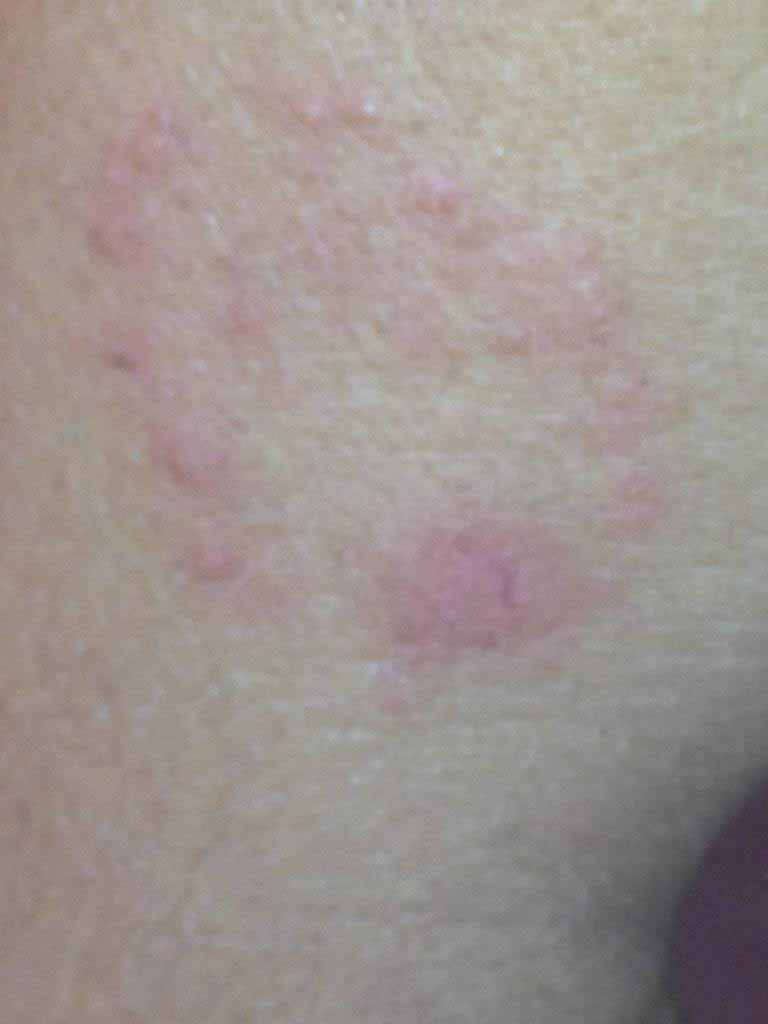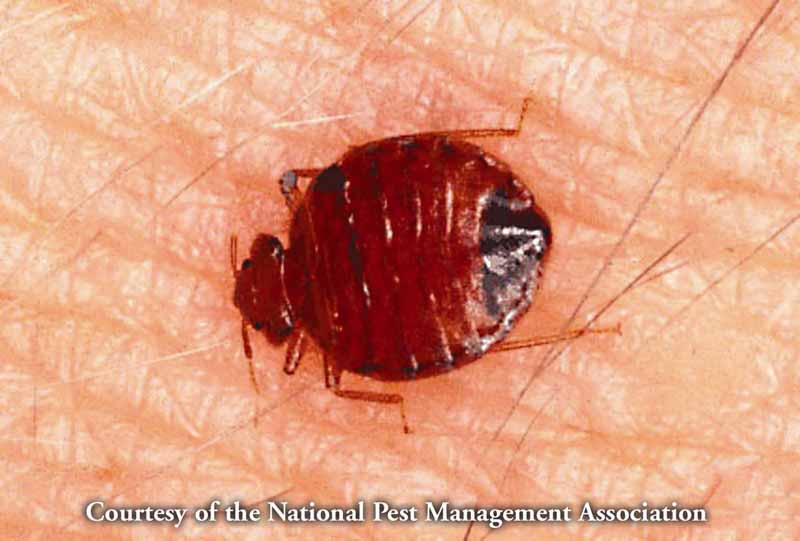How about the Olympians of the Bug World?
Olympic Games 27 July – 12 August Official London 2012 website http://www.london2012.com/
The Olympic Games are soon to begin in London and I thought this was the perfect time to discuss some of the bug world super stars.
- Fleas are well known as the insect world best jumpers, they can jump up to 1200 to 2200 times their own body length, making the flea one of the best jumpers of all known animals (relative to body size), second only to the froghopper. According to an article in Science News, “researchers with the University of Cambridge in England have shown that fleas take off from their tibiae and tarsi—the insect equivalent of feet—and not their trochantera, or knees.
- Dung Beetle -After months of grueling tests, a species of horned dung beetle takes the title for world’s strongest insect.The beetle, called Onthophagus taurus, was found to be able to pull a whopping 1,141 times its own body weight, which is the equivalent of a 150-pound (70 kilogram) person lifting six full double-decker buses. While the study researcher knows of a mite that can take on a hair more, that organism is an arachnid, not an insect. On the other hand, rhinoceros beetle can carry 850 times its own weight. To put that into perspective that would be like one of us lifting a 65 ton armored tank.
- If you want to know the record holder for the fastest insect in the world, then you’re in the right place. The fastest insect in the world are divided into ground speed and flying speed. The fastest insect on the ground is the cockroach. In an experiment carried out at the University of California, Berkeley in 1991, an American cockroach registered a record speed of 5.4 kilometres per hour (3.4 mph), about 50 body lengths per second, which would be comparable to a human running at 330 kilometres per hour (210 mph).
- The fastest flying insect is the dragon fly. It was claimed that the Southern Giant Darner flying at nearly 60 miles per hour (97 km/h) in a rough field measurement, but a more reliable record shows a 35 mph speed.
So stand back and watch the insects for their size they may be fast and furious…










